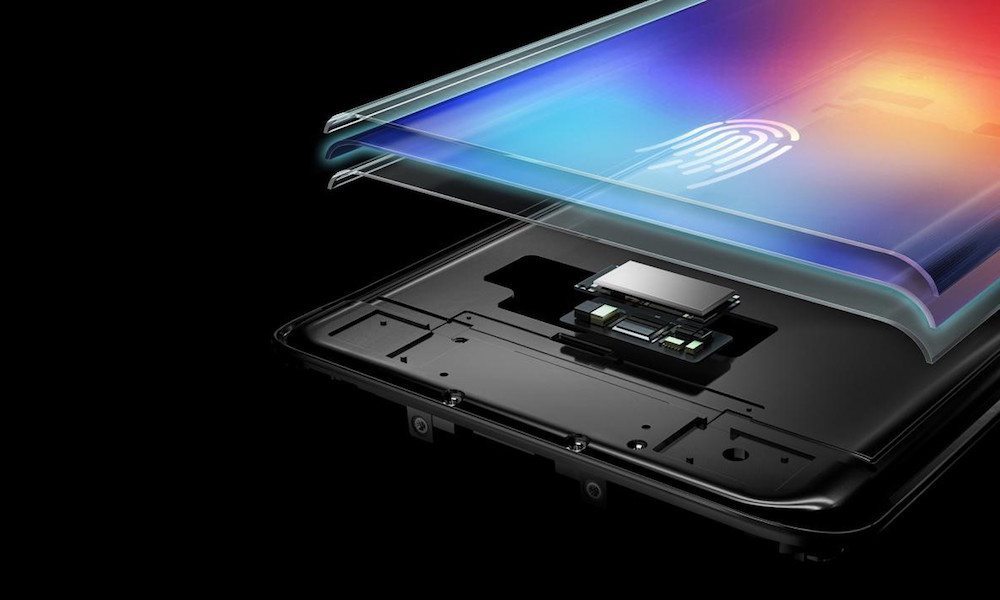Vivo Officially Beat Apple to Hidden Fingerprint Sensor Technology

Toggle Dark Mode
Though Apple is all but certain to adopt an under-the-glass Touch ID solution on its high-end iPhone 8, a report which surfaced roughly two weeks ago insisted that Cupertino’s crown jewel wouldn’t be the first smartphone to ship with a display-embedded fingerprint scanner. Rather, according to that report, which cited comments from a “reputable tech researcher” made on Chinese social media, it will be Vivo (makers of high-end Android smartphones like the Xplay6) who’ll be first to publicly demonstrate and lay out plans for implementing the technology.
And this very morning, live on stage from from Mobile World Congress 2017, Shanghai, Vivo did just that: officially taking the wraps off what the company’s dubbed, ingeniously, ‘Under Display Fingerprint Scanning Solution’ — a revolutionary new glass-embedded fingerprint reader that’s largely based on technology spearheaded by San Diego, California-based chip-maker, Qualcomm.
“In Vivo’s R&D plan, fingerprint scanning will not be carried out by an independent button or region. It will be realized more subtly under the screen, behind the metal shell, or even in the frame,” Vivo told Engadget in an exclusive interview on the sidelines of MWC, Shanghai. “Based on ultrasonic technology, the fingerprint recognition technology can be further expanded to realize user interaction, such as gesture recognition, security verification and other fields, which will greatly enhance user experience.”
Almost immediately following Vivo’s announcement, Qualcomm followed up by issuing its own press release announcing that its under-the-glass fingerprint scanning technology is currently in development. The chip-maker went on to explain that the sensors were developed as an “integrated solution” that would work in tandem with the chip-maker’s expansive line of Snapdragon CPUs for mobile devices.
“We are excited to announce Qualcomm Fingerprint Sensors because they can be designed to support sleeker, cutting-edge form factors, unique mobile authentication experiences, and enhanced security authentication,” said Seshu Madhavapeddy, Qualcomm Technologies’s vice president of product management. “This provides OEMs and operators with the ability to offer truly distinct, differentiated devices with added value on truly groundbreaking new devices.”
Qualcomm says its technology will be the first of such that’s commercially available, capable of scanning through either OLED displays or aluminum, and that the company is planning to make its Fingerprint Sensors available to OEMs as early as this month — which means we should expect to see the technology debut in high-end smartphones as early as the first-half of 2018.
Worth noting is that while Apple’s uber-premium iPhone 8 flagship is expected to feature its own form of under-the-glass Touch ID tech, Cupertino likely won’t be licensing its solution from Qualcomm — especially as the partners-turned-adversaries continue casting stones at one another in court. Still, even despite rumors of iPhone 8 manufacturing delays, the sheer fact that display-embedded fingerprint readers are live and on their way is enough to believe that Apple will debut its new Touch ID solution later this year.






